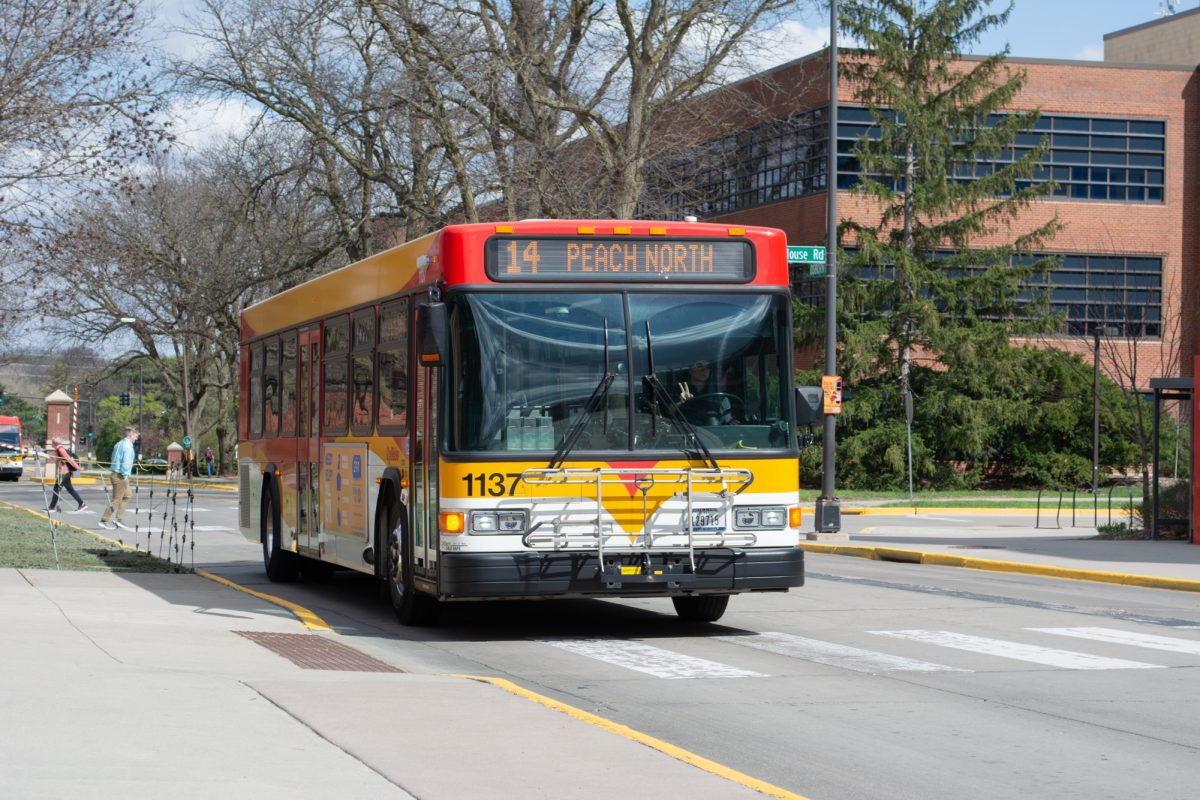Ames Lab thrives off ISU
June 17, 1999
As a national research facility for the U.S. Department of Energy, the Ames Laboratory thrives off the campus atmosphere, said Tom Barton, director of the laboratory.
Barton said the relationship between the two is “essential” in the research operations of the laboratory.
“There’s a symbiotic relationship between the university and the Ames Lab,” he said.
Steve Karsjen, manager of public affairs at Ames Lab, said the laboratory, located in the Iowa State Technical and Administrative Services Facility, operates under a five-year contract, which will be renewed later this summer from the Department of Energy (DOE).
“We are what you call a go-CO — government owned and contractor operated by Iowa State,” Karsjen said.
He said the Ames Lab is the smallest of 10 national DOE labs, receiving an annual budget of only $29 million compared to the billion dollar budgets of some other national labs. However, Karsjen said this does not greatly affect the output of the lab.
“The taxpayer gets an awful lot for their dollar,” he said. “We are a very efficiently run Department of Energy lab.”
Because of the contract with the university, the laboratory has strong ISU connections.
“One of the things that makes us very efficient is that we rely on student labor,” Karsjen said. “Twenty percent of our [work force] is comprised of graduate students.”
He said students work in the facility’s laboratories and with scientists, some of whom are ISU professors.
“Many of the scientists employed by Ames Lab are also on the faculty of Iowa State,” Karsjen said.
Barton said the relationship between ISU and the laboratory is important to the operation of the lab.
“It couldn’t exist as we know it without the partnership of Iowa State University,” he said.
Karsjen said the Ames Lab’s claim to fame is some of its work in materials research, part of which was the development of “the most efficient process” for purifying uranium in the 1940s.
The Ames facility includes nine specific research areas: applied mathematics and computational sciences, biorenewable resources, condensed matter physics, environmental technology development, materials chemistry, metallurgy and ceramics, molecular processes, nondestructive evaluation and physical and biological chemistry.
However, Karsjen said these areas can be broken down into three main areas.
“We have an emphasis in materials, environmental and high performance computing research,” he said.
Karsjen said some of the larger current projects of the laboratory include the development of magnetic refrigeration, which is a new process of operation for refrigerators without the use of environmentally hazardous gases, lead-free solder and a cluster-computing project which connects small computers together to produce a large computing power that would otherwise be extremely costly.
“If you can come up with a way to cluster a lot of small computers together [it would be] less expensive,” he said.






